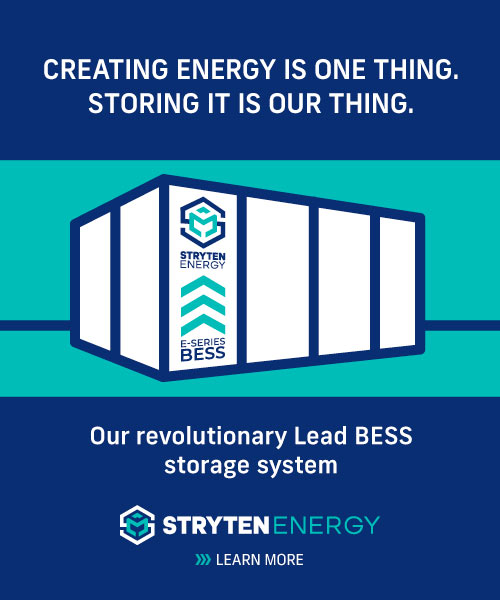Creative Resilience for Added Value
Property investors and insurers alike are demanding greater protection against climate hazards. But that doesn’t have to come at the expense of aesthetics. How are you pairing resilience and creativity?
Resilience. That’s a word with many applications in today’s commercial real estate business. To thrive in the current economy, you need to have a solid group of tenants, sound financial backing—and possibly the ability to shift your property to another type of usage. To reduce development delays, you need to plan for supply-chain slowdowns and alternative materials. Energy costs and regulations may necessitate both installation of more measurement devices and a shift among fuel types utilized.
But as the 53rd annual Earth Day approaches, the resilience that comes to the forefront is the need to mitigate climate-related risk. With weather events more extreme if not more frequent (the 2022 hurricane season saw an average number of storms, but Hurricane Ian tied as the fifth-strongest ever on U.S. soil, according to the National Oceanic and Atmospheric Administration), it’s becoming increasingly critical to ensure buildings can withstand the types of intense weather events prevalent in their respective geographic areas. And property insurers are taking those initiatives into consideration, paying attention to incorporation of physical additions, team training and implementation of a proactive emergency plan as they price coverage, as Fotios Tsarouhis details in his feature article “As Climate’s Impact on CRE Escalates, How Can Risk Be Managed?”
Those cost savings can be significant, and complement other benefits, especially when physical additions are designed in from the outset. Forward-thinking developers are benefiting from working with architects early on to come up with more creative solutions that are natural extensions of the property. That results in a more subtle treatment that enhances aesthetics and promotes variety of design, detracting attention from the utilitarian primary purpose of safeguarding the property. The more appealing result helps attract and retain tenants, while at the same time reinforcing the property against higher tides, bigger waves, faster winds and other climate-related concerns. Call that a win-win-win.
Retrofitting existing properties in a natural and creative way is more challenging, of course, but may nonetheless require consideration, as investors seek to curtail insurance increases. And insurers are not the only ones pricing in environmental resilience. “Ensuring that the resiliency is built into the property today is going to be key to achieving appropriate exit values” for vulnerable properties, Sara Neff, head of sustainability at Lendlease Americas, told Tsarouhis. In a difficult investment market, that will be all the more important.
Our article highlights some interesting solutions, but varying situations are surely resulting in other means to create resilience and reduce risk. We’d love to see your mitigation solutions, and feature additional successful ideas!









You must be logged in to post a comment.